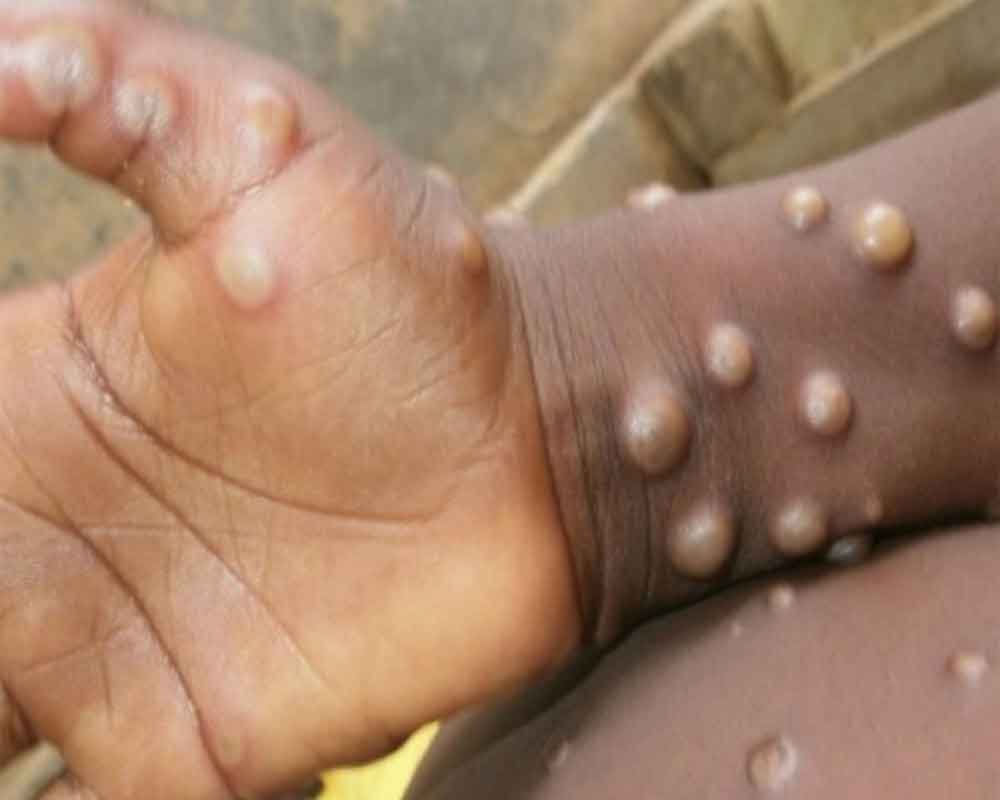In Kerala’s Kannur district, India announced its second incidence of monkeypox on July 18. The illness has been obtained by a 31-year-old male, who is receiving medical care at a hospital right now. After a UAE traveller returned to Kerala on July 14, the first case of monkeypox also started in India. The Thiruvananthapuram Medical College has accepted him.
Despite the fact that the tragedy has caused a wave of dread among the populace, the virus can be controlled by taking the right precautions. The information on monkeypox provided here may provide all the answers.
1. What is monkeypox?
The monkeypox virus causes monkeypox, which is a viral zoonotic infection, according to the World Health Organization (WHO). It is primarily disseminated through human contact.
2. What symptoms are present in monkeypox?
Muscle aches, headaches, fever, fatigue, and swollen lymph nodes are a some of the symptoms of monkeypox that people typically experience. According to Dr. Piyush Ranjan, AIIMS Department of Medicine, “Similar to chickenpox and smallpox, monkeypox symptoms are contagious. Patients will initially have fever and enlarging lymph nodes. The patient may complain of rashes on the face, palms, or soles after 1 to 5 days. They might develop corneal sores that cause blindness.” There can be a single rash or up to thousands of rashes that develop into lesions.
3. Who is at risk of contracting monkeypox?
Those people who are in close contact with someone suffering from monkeypox, including sexual contact are at the highest risk. Coming in contact with animals infected with the disease can also transfer the infection.
4. Are children at risk of getting monkeypox?
Dr Ranjan reveals “the infectivity of monkeypox is less but it can be fatal in children. The COVID-19 infection has more transmissibility, but monkeypox infection occurs after prolonged exposure to an infected person. So the infection rate is very high in COVID and an infected person can infect many. But, monkeypox is less contagious.”
5. How is monkeypox transmitted?
Both human-to-human and animal-to-human interaction can transfer the monkeypox virus. Monkeypox can spread to people through direct contact, such as face-to-face, skin-to-skin, mouth-to-mouth, or mouth-to-skin contact, with an infected person. Primates and rodents are examples of animal hosts. Additionally, according to Dr. Ranjan, “Coming into contact with a deceased animal afflicted with this virus can also transmit this virus to humans.”
6. How can I avoid contracting the monkey pox and spreading it to others?
The following measures must be followed to limit the risk of monkeypox:
a) Avoiding close contact with persons who are suspected or confirmed to have monkeypox, as well as avoiding contact with infected animals.
b) Cleaning and sanitising polluted surrounds and environments
b) Seeking medical assistance as soon as you notice any symptoms or develop rashes.
The Indian government has also released instructions on the monkeypox sickness. The guidelines emphasise “monitoring and early identification of new cases as critical public health strategies for epidemic containment, requiring the reduction of the risk of human-to-human transmission.” It describes infection prevention and control (IPC) methods, IPC at home, patient isolation and ambulance transfer plans, extra precautions that must be followed, and the duration of isolation procedures.”
Also Read: On Monday, Delhi reported 378 new COVID-19 cases and two fatalities
as well as “During the infectious phase, contacts should be observed at least daily for the development of signs/symptoms for a period of 21 days (as per case definition) following the last encounter with a patient or their contaminated items.
The government also advises citizens to “raising awareness and educating people about Monkeypox virus prevention measures such as avoiding contact with any sick person’s material, isolating the infected patient from others, practising good hand hygiene, and using appropriate personal protective equipment (PPE) when caring for patients.
Follow Medically Speaking on Twitter Instagram Facebook





